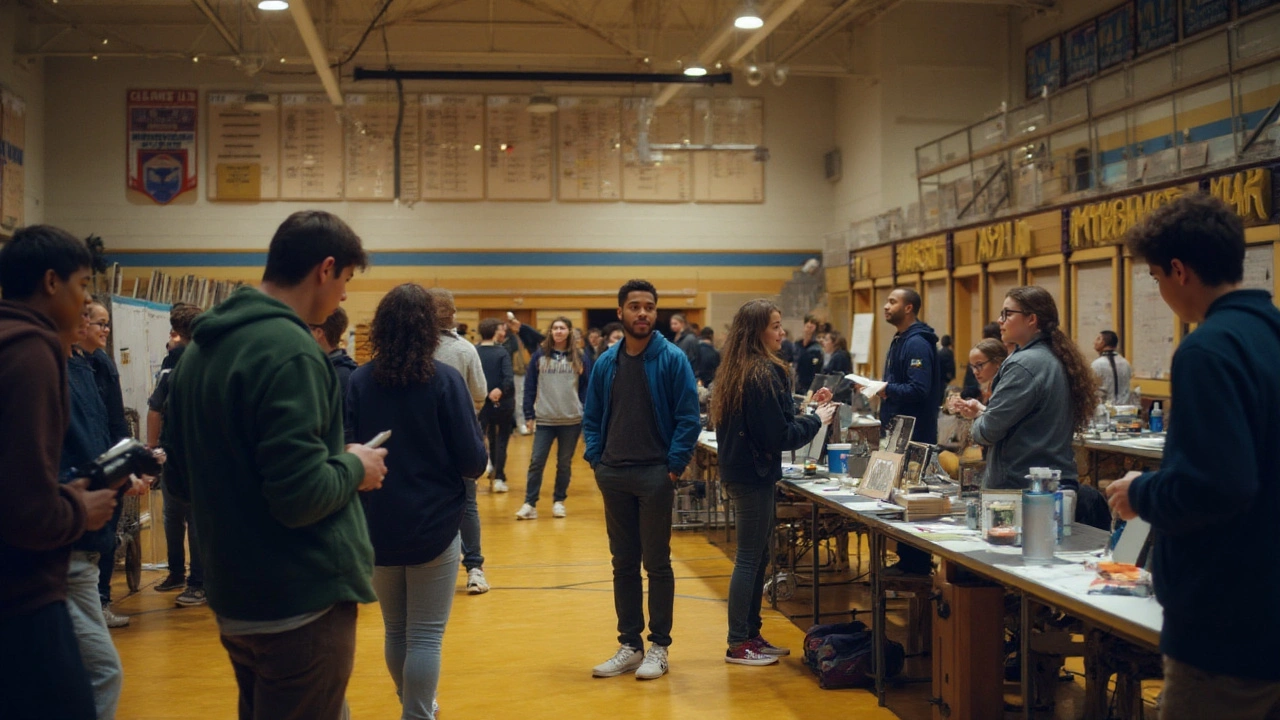High schools in America: what to expect and how to pick the right one
Public, private, charter, magnet — American high schools come in different shapes, and that matters more than most people think. Some focus on college prep with lots of AP and honors classes. Others emphasize vocational skills, career tech, or arts. Before you commit, know what each school prioritizes: academics, trade skills, sports, or creative programs.
School size changes the day-to-day too. A big school often means more classes, more clubs, and more AP options. A small school usually gives you faster attention from teachers and easier chances to lead clubs or teams. If you want a certain program — like a strong STEM track or a robotics team — check whether the school actually runs those programs, not just that it lists them online.
How American high schools differ in practice
Curriculum and schedules vary. Some schools use block schedules with longer classes every other day; others stick to eight short periods. Block schedules help with labs and project work, while short periods can be better for steady homework pacing. Graduation requirements also differ: some states demand more community service hours or specific courses like financial literacy.
Technology access is uneven. Many schools use digital textbooks, learning platforms, and online assignments, but not every student has reliable internet at home. Ask about device policies and tech support — some districts lend laptops or set up hotspot programs. Also check counseling services. Good guidance counselors make a big difference during college planning and mental health challenges.
Practical tips for students and parents
Visit schools during a real day, not just on tour day. Watch classes, talk to teachers and students, and look for things you can’t fake: student work on walls, active labs, music rehearsals, lunchtime vibe. Ask about AP and honors limits — can students take many APs if they want, or are classes capped? If you’re concerned about stress, find out how many students take 4+ APs and what support exists for them.
Think outside grades. Extracurriculars, internships, and community connections matter on college apps and for real-world skills. If saving money after high school matters, look for local dual-enrollment options that let students earn college credits early. Also ask about career programs if you want a direct path to work after graduation.
Finally, be practical about daily life. Commute time, school start time, lunch quality, and locker availability affect mood and focus. If possible, speak with current students about dressing norms, social life, and how welcoming the school feels. Small details often predict long-term comfort and success more than prestige alone.
Choosing a high school in America means matching priorities with reality: program strength, daily routine, support services, and the social environment. Ask questions, visit more than one school, and pick the place where the student can grow both academically and personally.
- Aug, 16 2025

High school is being rebuilt in real time. See what’s changing in 2025-career pathways, dual enrollment, AI, mental health-and how to choose strong options.
- Read More